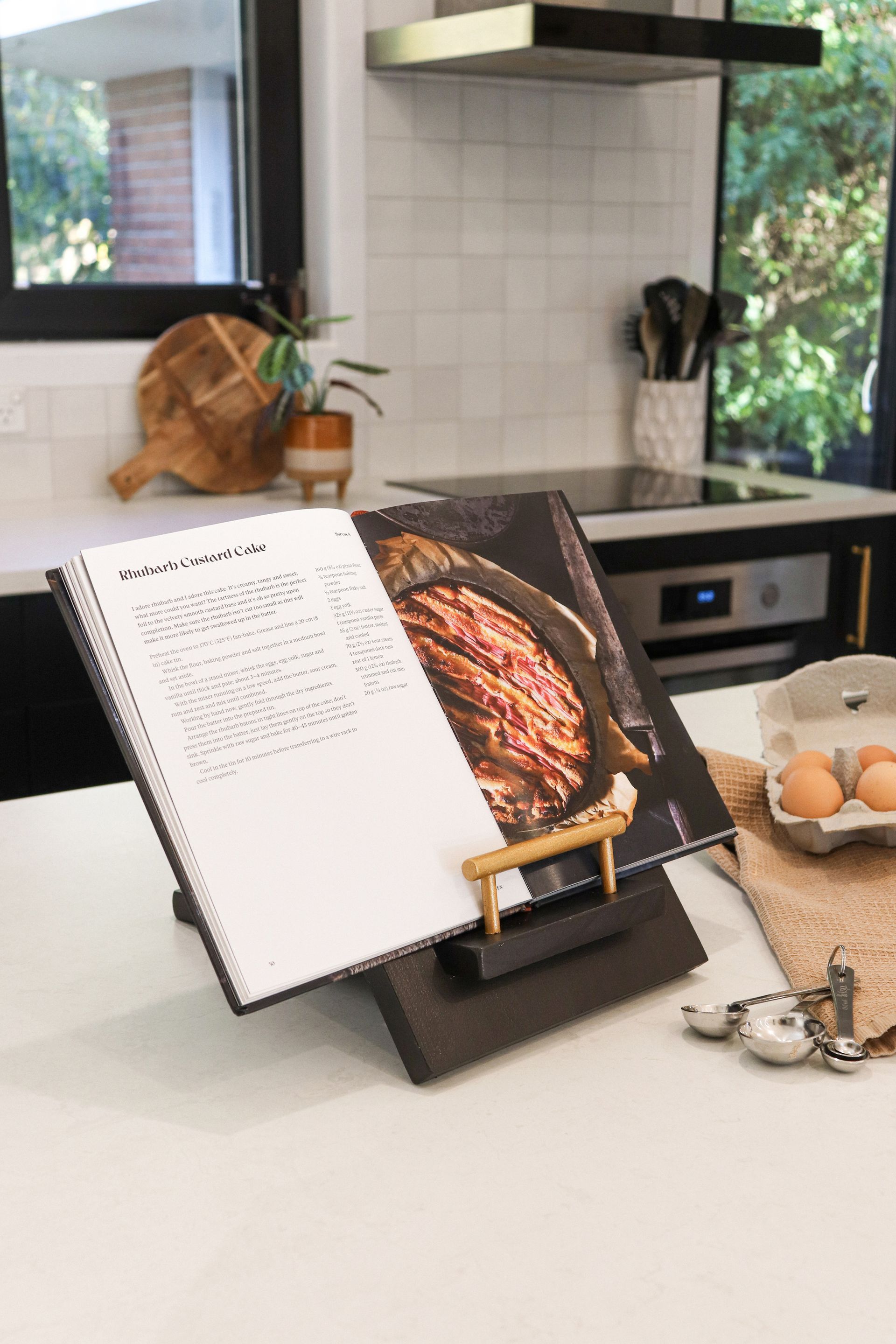No doubt it is precisely because of his extraordinary life experiences that Richard Marchant, celebrant and teacher, came to establish the Lincoln Death Cafe.
If you ever find yourself seated next to Richard Marchant at a dinner party, his conversation will enthral, entertain and, quite possibly, raise every hair on your head as he reels off anecdotes from a past filled with characters from the not-so-good to the downright evil. Born on the outskirts of London and raised in Oxfordshire, Richard came to New Zealand in 2004 with wife Sally and their two daughters, Rosie and Hannah.
Richard left behind him a long and successful career within the Prison Service, including a decade at HMP Grendon in Buckinghamshire, a therapeutic community prison. Starting out as a basic grade officer, Richard progressed to the role of senior officer where he managed units, including a specialist sex offender wing.
Once settled in Christchurch, Sally continued her nursing career, while Richard became a stay-at-home dad, a role he describes as ‘the best job in the world’.
One day, while waiting for Rosie to come out of rehearsals for her school’s Christmas production, Richard spotted a leaflet advertising a graduate teaching diploma course. Fifteen months after commencing his studies, Richard graduated as a primary school teacher, predominantly teaching Years 1–3.
After five years in the classroom, Richard became Education Manager at SPCA Canterbury. Several years later, when a teaching post became available at Orana Wildlife Park, self-confessed animal lover Richard couldn’t resist the temptation. ‘I just couldn’t not apply for it.’
In 2018, Richard made the decision to become a funeral celebrant, choosing to undertake formal training with The Celebrants Training College. He says his calling to becoming a celebrant was probably always there. ‘I love to write and have always been comfortable with public speaking. Talking with people – making them feel at ease and building trust is so important.’
The final course for his Diploma of Celebrancy was on weddings. ‘I wasn’t sure about weddings, but that soon changed. The more marriage assignments I did, the more I loved it.’
In 2019 Richard happened upon a newspaper article on Death Cafes and was intrigued. Swiss sociologist and anthropologist Bernard Crettaz organised the first Death Cafe in Neuchâtel, Switzerland in 2004. His aim was to break the ‘tyrannical secrecy’ around the topic of death.
Jon Underwood, a UK web developer, was inspired by Crettaz’s work and in September 2011, the first UK Death Cafe was held in Jon’s East London house with Jon’s mother, psychotherapist Sue Barsky Reid, facilitating it. Since then, Death Cafes have spread across the world to encompass 13,093 Death Cafes in 80 countries.
Death Cafes see people come together over coffee and cake while discussing death. There are no agendas, themes or guest speakers. Discussions are group led and directed.
Richard found Christchurch already had its own branch and realising its next meeting would coincide with his scheduled day off from work, he went along. Two years later he set about establishing a Death Cafe in Lincoln.
After gauging interest through posting to local Facebook groups, Richard received such an enthusiastic response from the Lincoln community that he created the Death Cafe Lincoln Facebook page. Subsequently, the page began attracting some of the most intriguing posts. ‘One enterprising fella had built a home-made crematorium and had used it to farewell a close friend. He had all the relevant council permits. The photos were brilliant.’
The inaugural meeting of Death Cafe Lincoln was in February 2021 and word of its existence quickly spread. A journalist from The AM Show invited Richard to be interviewed by Duncan Garner. ‘To speak to the nation on TV and radio and reassure people that the subject of death isn’t macabre; it’s actually quite uplifting. That was an awesome experience.’
Richard says that what gives him heart is the affirmation from his cafés. ‘We now have a platform. People leave here thinking maybe they can discuss this with work colleagues; maybe they can broach these things with family. That’s where change happens.’
On the personal front, Richard has already written funeral ceremonies for both Sally and his mother-in-law. ‘For one of my diploma assignments, I wrote and submitted a funeral ceremony for Sally’s mum, who was still alive at the time but was suffering from dementia.’
Sadly, Sally’s mother died in a care facility prior to the 2020 lockdowns in England, and with the family deciding against a funeral, Richard’s ceremony was never used.
Richard is well aware that the number of families choosing not to have a funeral is rising. ‘A traditional funeral is not for everyone. Indeed, I’m quite open in encouraging people to explore different options, but do something! It’s the one opportunity for people to come together to remember, to tell stories and say thank you for the times shared.’
In the short documentary Death Cafe (2020) made by Austin Salt-Cowell, Richard appears in the footage alongside Death Cafe Christchurch founder Melanie Mayell, and other Christchurch members. Austin spent a day filming at Richard’s home and got to meet the family. One of the questions Austin asked Rosie was what it was like growing up with parents who talked frequently about death. ‘Unfortunately, it ended up on the cutting room floor,’ Richard explains, ‘but Rosie recalled when she was around 12 reading Anne Frank’s Diary. She couldn’t work out the ending – why it just stopped. Rosie said, “I went to Dad and asked what happened. And he told me. It wasn’t very nice to hear, but it was the truth. And I understood it.”’
Richard says hearing that from Rosie was wonderful. ‘For us, that was normal. So many people miss out on these conversations with their kids, and that’s a shame.’
One of the other questions Austin put to Richard and Sally was what they thought was behind their shared mindset around death. ‘To us it was obvious. Sally’s a nurse. A huge chunk of her career has been in elder care, working with people who were, long-term, going to die – it’s part of her life. For me, those years working in a psychotherapeutic prison – hearing graphic details from prisoners about how they killed people – I’ve heard the worst of it. This has always been our norm. It’s the work we do. Working around animals, the reality of euthanasia is never far away. Death and dying has always been around us as a family.’
Richard relates how Rosie processed her grief after her grandmother died. ‘For the one-year anniversary of her death, she took an old birthday card from her grandmother to a tattooist. It was signed “Lots & lots of love from Granny xx”. She went through a lot of pain to get that on her arm, but that was the ritual she decided on to honour her grandmother’s life.’
Richard freely admits to not being a fan of tattoos. ‘But when I saw Rosie’s tattoo, I told her it was lovely, because it has a depth of meaning behind it; it’s her way of carrying Granny with her always.’
For more information, visit
deathcafe.com
Recent stories



All Rights Reserved | CountryWide Media


